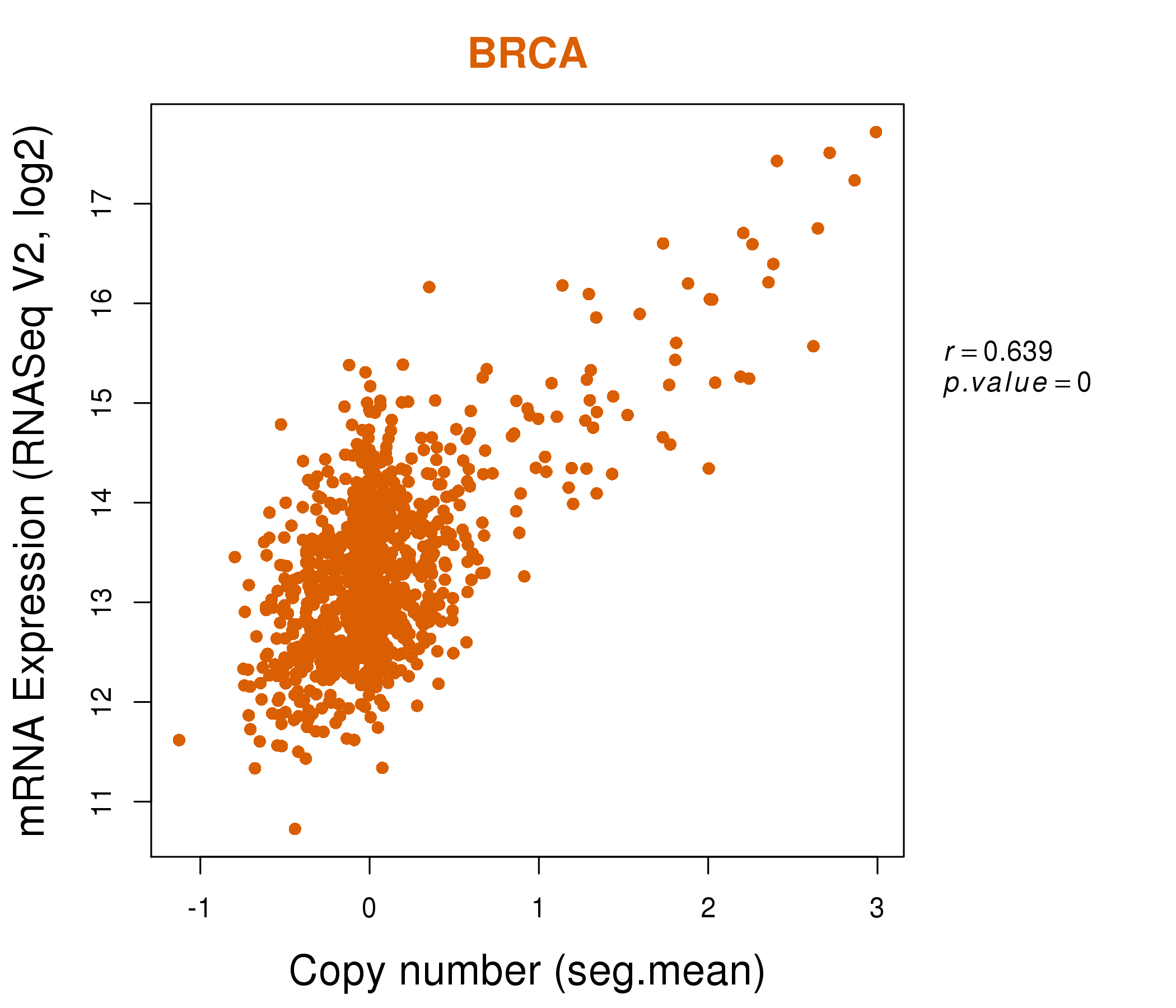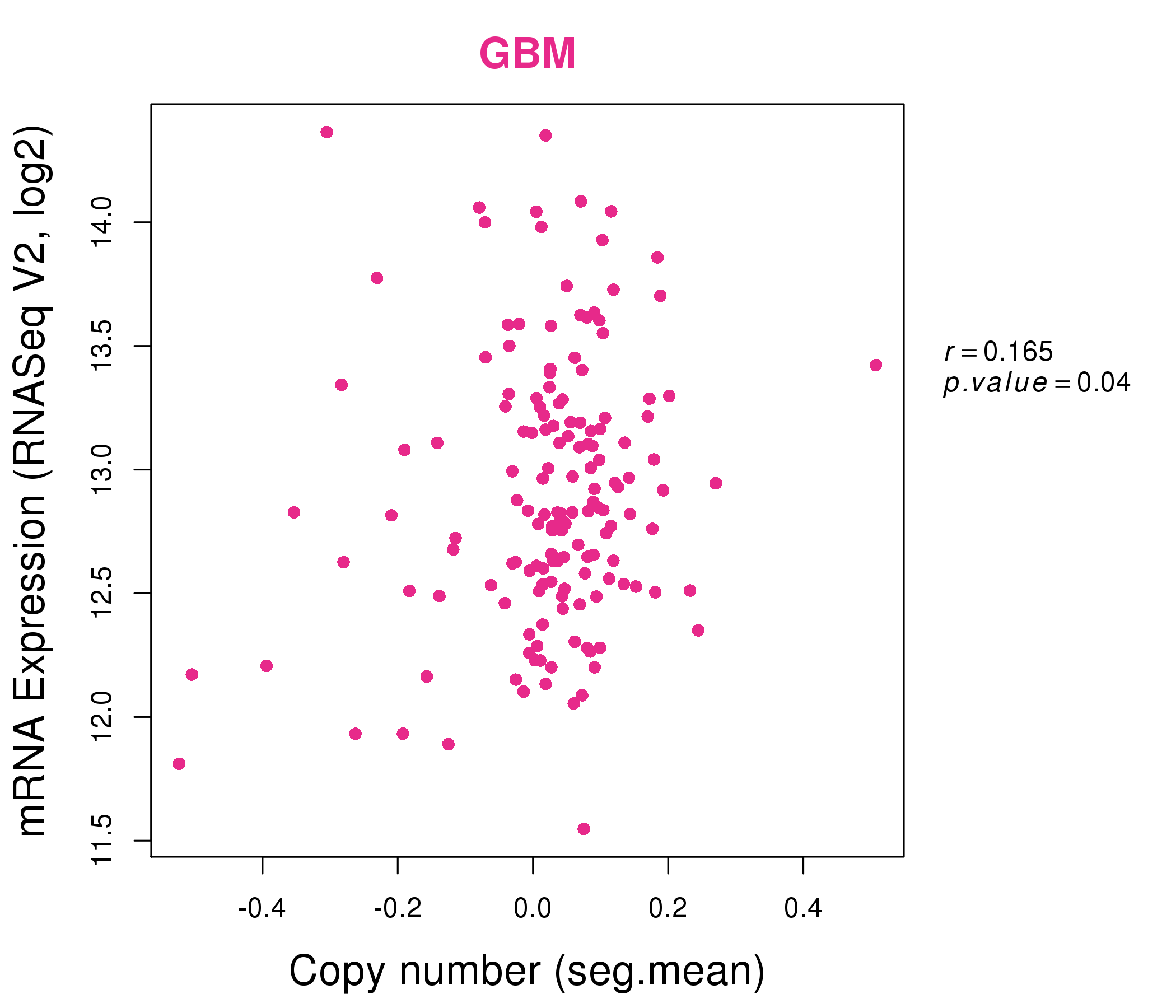|
||||||||||||||||||||
| |
| Phenotypic Information (metabolism pathway, cancer, disease, phenome) |
| |
| |
| Gene-Gene Network Information: Co-Expression Network, Interacting Genes & KEGG |
| |
|
| Gene Summary for RPL23 |
| Basic gene info. | Gene symbol | RPL23 |
| Gene name | ribosomal protein L23 | |
| Synonyms | L23|rpL17 | |
| Cytomap | UCSC genome browser: 17q | |
| Genomic location | chr17 :37006320-37010053 | |
| Type of gene | protein-coding | |
| RefGenes | NM_000978.3, | |
| Ensembl id | ENSG00000125691 | |
| Description | 60S ribosomal protein L1760S ribosomal protein L23ribosomal protein L17 | |
| Modification date | 20141207 | |
| dbXrefs | MIM : 603662 | |
| HGNC : HGNC | ||
| HPRD : 04716 | ||
| Protein | UniProt: go to UniProt's Cross Reference DB Table | |
| Expression | CleanEX: HS_RPL23 | |
| BioGPS: 9349 | ||
| Gene Expression Atlas: ENSG00000125691 | ||
| The Human Protein Atlas: ENSG00000125691 | ||
| Pathway | NCI Pathway Interaction Database: RPL23 | |
| KEGG: RPL23 | ||
| REACTOME: RPL23 | ||
| ConsensusPathDB | ||
| Pathway Commons: RPL23 | ||
| Metabolism | MetaCyc: RPL23 | |
| HUMANCyc: RPL23 | ||
| Regulation | Ensembl's Regulation: ENSG00000125691 | |
| miRBase: chr17 :37,006,320-37,010,053 | ||
| TargetScan: NM_000978 | ||
| cisRED: ENSG00000125691 | ||
| Context | iHOP: RPL23 | |
| cancer metabolism search in PubMed: RPL23 | ||
| UCL Cancer Institute: RPL23 | ||
| Assigned class in ccmGDB | C | |
| Top |
| Phenotypic Information for RPL23(metabolism pathway, cancer, disease, phenome) |
| Cancer | CGAP: RPL23 |
| Familial Cancer Database: RPL23 | |
| * This gene is included in those cancer gene databases. |
|
|
|
|
|
| . | ||||||||||||||
Oncogene 1 | Significant driver gene in | |||||||||||||||||||
| cf) number; DB name 1 Oncogene; http://nar.oxfordjournals.org/content/35/suppl_1/D721.long, 2 Tumor Suppressor gene; https://bioinfo.uth.edu/TSGene/, 3 Cancer Gene Census; http://www.nature.com/nrc/journal/v4/n3/abs/nrc1299.html, 4 CancerGenes; http://nar.oxfordjournals.org/content/35/suppl_1/D721.long, 5 Network of Cancer Gene; http://ncg.kcl.ac.uk/index.php, 1Therapeutic Vulnerabilities in Cancer; http://cbio.mskcc.org/cancergenomics/statius/ |
| REACTOME_METABOLISM_OF_PROTEINS REACTOME_METABOLISM_OF_MRNA REACTOME_METABOLISM_OF_RNA | |
| OMIM | |
| Orphanet | |
| Disease | KEGG Disease: RPL23 |
| MedGen: RPL23 (Human Medical Genetics with Condition) | |
| ClinVar: RPL23 | |
| Phenotype | MGI: RPL23 (International Mouse Phenotyping Consortium) |
| PhenomicDB: RPL23 | |
| Mutations for RPL23 |
| * Under tables are showing count per each tissue to give us broad intuition about tissue specific mutation patterns.You can go to the detailed page for each mutation database's web site. |
| There's no structural variation information in COSMIC data for this gene. |
| * From mRNA Sanger sequences, Chitars2.0 arranged chimeric transcripts. This table shows RPL23 related fusion information. |
| ID | Head Gene | Tail Gene | Accession | Gene_a | qStart_a | qEnd_a | Chromosome_a | tStart_a | tEnd_a | Gene_a | qStart_a | qEnd_a | Chromosome_a | tStart_a | tEnd_a |
| AI968908 | RPL23 | 1 | 149 | 17 | 37008942 | 37009971 | DFFA | 146 | 259 | 1 | 10521426 | 10521539 | |
| DB573606 | PRR14 | 1 | 171 | 16 | 30667374 | 30667544 | RPL23 | 162 | 464 | 17 | 37006342 | 37008919 | |
| BG878350 | RPL23 | 77 | 292 | 17 | 37008857 | 37009360 | JARID2 | 274 | 293 | 6 | 15498498 | 15498517 | |
| AW594130 | RPL23 | 1 | 152 | 17 | 37008942 | 37009974 | DFFA | 149 | 262 | 1 | 10521426 | 10521539 | |
| DW440511 | GAPDH | 18 | 187 | 12 | 6643683 | 6646535 | RPL23 | 185 | 386 | 17 | 37008897 | 37009979 | |
| DR002474 | RPL23 | 32 | 526 | 17 | 37006334 | 37009988 | ARL8B | 520 | 539 | 3 | 5220038 | 5220057 | |
| BE265135 | RPL23 | 1 | 135 | 17 | 37006343 | 37006621 | MRPL10 | 135 | 657 | 17 | 45904007 | 45908870 | |
| BQ311440 | JARID2 | 151 | 172 | 6 | 15498498 | 15498519 | RPL23 | 171 | 339 | 17 | 37006414 | 37006729 | |
| CB138512 | SERPINA1 | 21 | 221 | 14 | 94844710 | 94844909 | RPL23 | 207 | 338 | 17 | 37006649 | 37008908 | |
| AI962592 | RPL23 | 1 | 152 | 17 | 37008942 | 37009974 | DFFA | 149 | 262 | 1 | 10521426 | 10521539 | |
| BU677197 | ARHGEF3 | 1 | 27 | 3 | 56925201 | 56925404 | RPL23 | 18 | 269 | 17 | 37006331 | 37006729 | |
| AA045738 | PALLD | 1 | 192 | 4 | 169849369 | 169849560 | RPL23 | 185 | 393 | 17 | 37006342 | 37006699 | |
| T90988 | RPL23 | 1 | 139 | 17 | 37006366 | 37006650 | CENPF | 125 | 373 | 1 | 214819188 | 214819433 | |
| BY999398 | RPL23 | 1 | 320 | 17 | 37006358 | 37008951 | MED30 | 301 | 320 | 8 | 118545351 | 118545370 | |
| CB134886 | SERPINA1 | 21 | 220 | 14 | 94844710 | 94844909 | RPL23 | 206 | 488 | 17 | 37006350 | 37008908 | |
| CB147374 | SERPINA1 | 21 | 220 | 14 | 94844710 | 94844909 | RPL23 | 206 | 458 | 17 | 37006381 | 37008908 | |
| DA438824 | RPL23 | 1 | 113 | 17 | 37009278 | 37009982 | CD164 | 108 | 598 | 6 | 109689728 | 109690218 | |
| CB147414 | SERPINA1 | 21 | 220 | 14 | 94844710 | 94844909 | RPL23 | 206 | 488 | 17 | 37006350 | 37008908 | |
| CB137683 | SERPINA1 | 21 | 220 | 14 | 94844710 | 94844909 | RPL23 | 206 | 488 | 17 | 37006350 | 37008908 | |
| DB216263 | RPL23 | 1 | 100 | 17 | 37009298 | 37009989 | C10orf137 | 101 | 500 | 10 | 127408279 | 127409966 | |
| CB135233 | SERPINA1 | 21 | 220 | 14 | 94844710 | 94844909 | RPL23 | 206 | 488 | 17 | 37006350 | 37008908 | |
| Top |
| There's no copy number variation information in COSMIC data for this gene. |
| Top |
|
 |
| Top |
| Stat. for Non-Synonymous SNVs (# total SNVs=8) | (# total SNVs=2) |
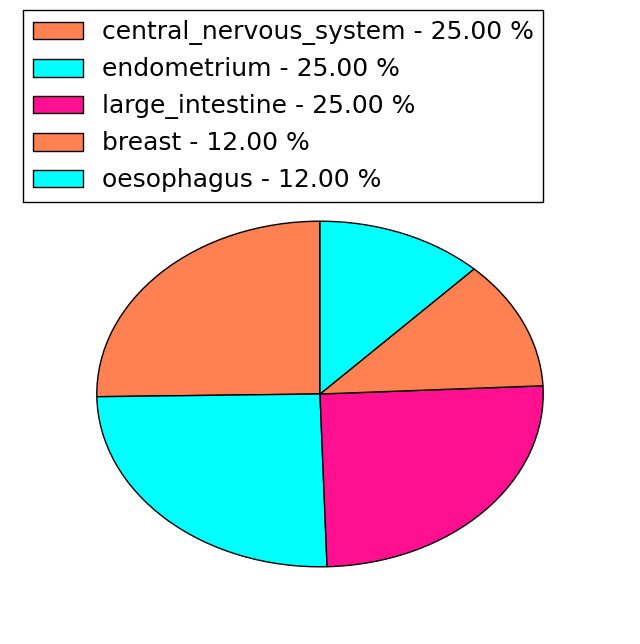 |  |
(# total SNVs=0) | (# total SNVs=0) |
| Top |
| * When you move the cursor on each content, you can see more deailed mutation information on the Tooltip. Those are primary_site,primary_histology,mutation(aa),pubmedID. |
| GRCh37 position | Mutation(aa) | Unique sampleID count |
| chr17:37009289-37009289 | p.C28F | 1 |
| chr17:37006411-37006411 | p.A133T | 1 |
| chr17:37009327-37009327 | p.R15R | 1 |
| chr17:37006457-37006457 | p.I117I | 1 |
| chr17:37009328-37009328 | p.R15Q | 1 |
| chr17:37006464-37006464 | p.S115F | 1 |
| chr17:37006475-37006475 | p.? | 1 |
| chr17:37006642-37006642 | p.I105V | 1 |
| chr17:37006660-37006660 | p.E99Q | 1 |
| chr17:37006676-37006676 | p.G93G | 1 |
| Top |
|
 |
| Point Mutation/ Tissue ID | 1 | 2 | 3 | 4 | 5 | 6 | 7 | 8 | 9 | 10 | 11 | 12 | 13 | 14 | 15 | 16 | 17 | 18 | 19 | 20 |
| # sample | 1 | 2 | 1 | 3 | ||||||||||||||||
| # mutation | 1 | 2 | 1 | 3 | ||||||||||||||||
| nonsynonymous SNV | 1 | 2 | ||||||||||||||||||
| synonymous SNV | 1 | 1 | 1 | 1 |
| cf) Tissue ID; Tissue type (1; BLCA[Bladder Urothelial Carcinoma], 2; BRCA[Breast invasive carcinoma], 3; CESC[Cervical squamous cell carcinoma and endocervical adenocarcinoma], 4; COAD[Colon adenocarcinoma], 5; GBM[Glioblastoma multiforme], 6; Glioma Low Grade, 7; HNSC[Head and Neck squamous cell carcinoma], 8; KICH[Kidney Chromophobe], 9; KIRC[Kidney renal clear cell carcinoma], 10; KIRP[Kidney renal papillary cell carcinoma], 11; LAML[Acute Myeloid Leukemia], 12; LUAD[Lung adenocarcinoma], 13; LUSC[Lung squamous cell carcinoma], 14; OV[Ovarian serous cystadenocarcinoma ], 15; PAAD[Pancreatic adenocarcinoma], 16; PRAD[Prostate adenocarcinoma], 17; SKCM[Skin Cutaneous Melanoma], 18:STAD[Stomach adenocarcinoma], 19:THCA[Thyroid carcinoma], 20:UCEC[Uterine Corpus Endometrial Carcinoma]) |
| Top |
| * We represented just top 10 SNVs. When you move the cursor on each content, you can see more deailed mutation information on the Tooltip. Those are primary_site, primary_histology, mutation(aa), pubmedID. |
| Genomic Position | Mutation(aa) | Unique sampleID count |
| chr17:37006457 | p.I117I | 1 |
| chr17:37006642 | p.I105V | 1 |
| chr17:37006676 | p.G93G | 1 |
| chr17:37008870 | p.E71D | 1 |
| chr17:37008911 | p.G58C | 1 |
| chr17:37008939 | p.R48R | 1 |
| chr17:37009327 | p.R15R | 1 |
| chr17:37009953 | p.R4P | 1 |
| * Copy number data were extracted from TCGA using R package TCGA-Assembler. The URLs of all public data files on TCGA DCC data server were gathered on Jan-05-2015. Function ProcessCNAData in TCGA-Assembler package was used to obtain gene-level copy number value which is calculated as the average copy number of the genomic region of a gene. |
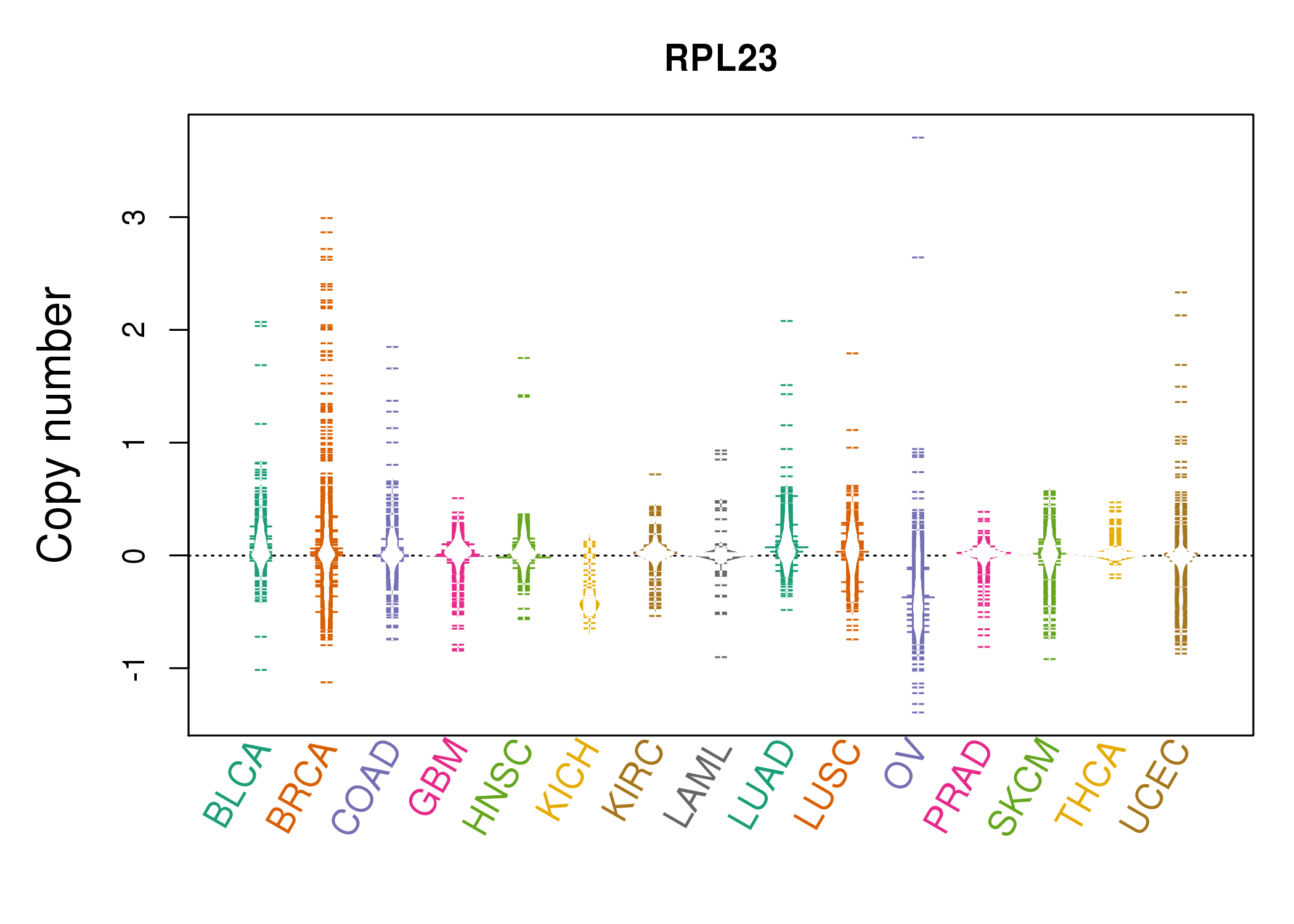 |
| cf) Tissue ID[Tissue type]: BLCA[Bladder Urothelial Carcinoma], BRCA[Breast invasive carcinoma], CESC[Cervical squamous cell carcinoma and endocervical adenocarcinoma], COAD[Colon adenocarcinoma], GBM[Glioblastoma multiforme], Glioma Low Grade, HNSC[Head and Neck squamous cell carcinoma], KICH[Kidney Chromophobe], KIRC[Kidney renal clear cell carcinoma], KIRP[Kidney renal papillary cell carcinoma], LAML[Acute Myeloid Leukemia], LUAD[Lung adenocarcinoma], LUSC[Lung squamous cell carcinoma], OV[Ovarian serous cystadenocarcinoma ], PAAD[Pancreatic adenocarcinoma], PRAD[Prostate adenocarcinoma], SKCM[Skin Cutaneous Melanoma], STAD[Stomach adenocarcinoma], THCA[Thyroid carcinoma], UCEC[Uterine Corpus Endometrial Carcinoma] |
| Top |
| Gene Expression for RPL23 |
| * CCLE gene expression data were extracted from CCLE_Expression_Entrez_2012-10-18.res: Gene-centric RMA-normalized mRNA expression data. |
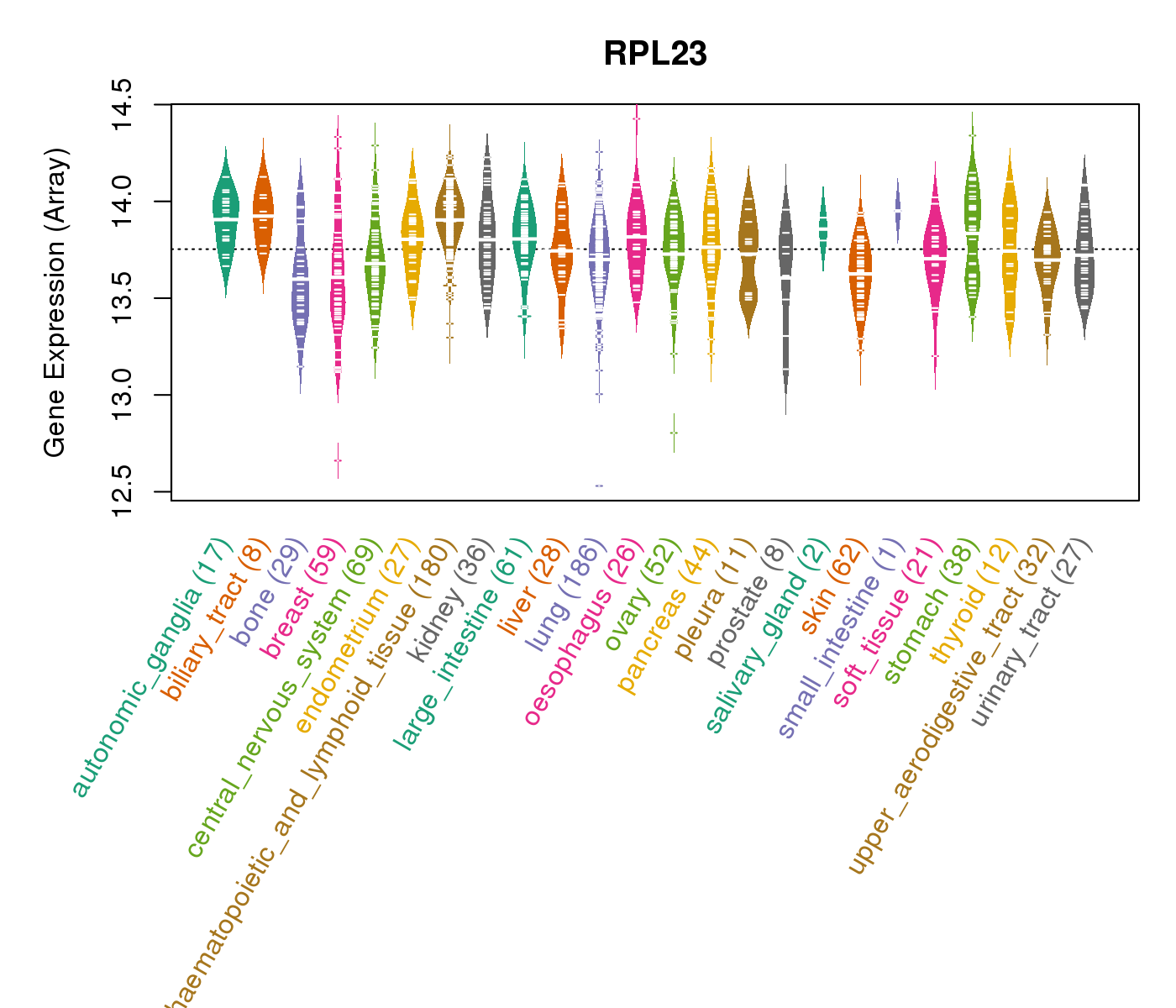 |
| * Normalized gene expression data of RNASeqV2 was extracted from TCGA using R package TCGA-Assembler. The URLs of all public data files on TCGA DCC data server were gathered at Jan-05-2015. Only eight cancer types have enough normal control samples for differential expression analysis. (t test, adjusted p<0.05 (using Benjamini-Hochberg FDR)) |
 |
| Top |
| * This plots show the correlation between CNV and gene expression. |
: Open all plots for all cancer types
 |
|
 |
|
| Top |
| Gene-Gene Network Information |
| * Co-Expression network figures were drawn using R package igraph. Only the top 20 genes with the highest correlations were shown. Red circle: input gene, orange circle: cell metabolism gene, sky circle: other gene |
: Open all plots for all cancer types
 |
| ||||
| EEF1G,ERAL1,FLOT2,IFT20,POLDIP2,RAB34,RPL13, RPL18A,RPL23A,RPL32,RPL36,RPL41,RPL6,RPLP0, RPS11,RPS5,SDF2,TLCD1,TMEM199,TRAF4,UBA52 | BTF3,CCT4,EEF1A1,RPL10,RPL10A,RPL14,RPL22, RPL23A,RPL24,RPL30,RPL31,RPL32,RPL34,RPL35A, RPL37,RPL41,RPL6,RPS15A,RPS27A,RPS4X,RPS7 | ||||
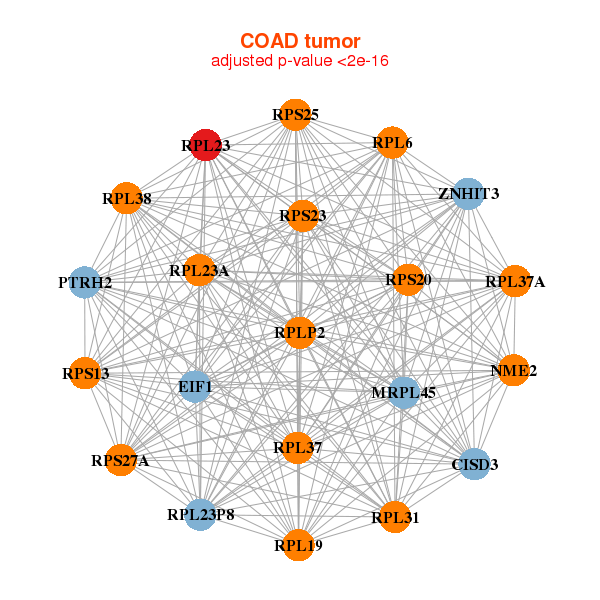 |
| ||||
| EEF1G,EIF1,NME2,RPL18A,RPL23,RPL23A,RPL27, RPL28,RPL38,RPL39,RPL41,RPL7,RPLP0,RPS13, RPS16,RPS2,RPS29,RPS3,RPS9,TMEM101,UBA52 | EEF1A1,EEF1G,EIF3H,GNB2L1,RPL10,RPL13,RPL19, RPL23A,RPL30,RPL32,RPL3,RPL36,RPL37,RPL37A, RPL38,RPLP2,RPS12,RPS19,RPS23,RPS25,UBA52 |
| * Co-Expression network figures were drawn using R package igraph. Only the top 20 genes with the highest correlations were shown. Red circle: input gene, orange circle: cell metabolism gene, sky circle: other gene |
: Open all plots for all cancer types
| Top |
: Open all interacting genes' information including KEGG pathway for all interacting genes from DAVID
| Top |
| Pharmacological Information for RPL23 |
| DB Category | DB Name | DB's ID and Url link |
| * Gene Centered Interaction Network. |
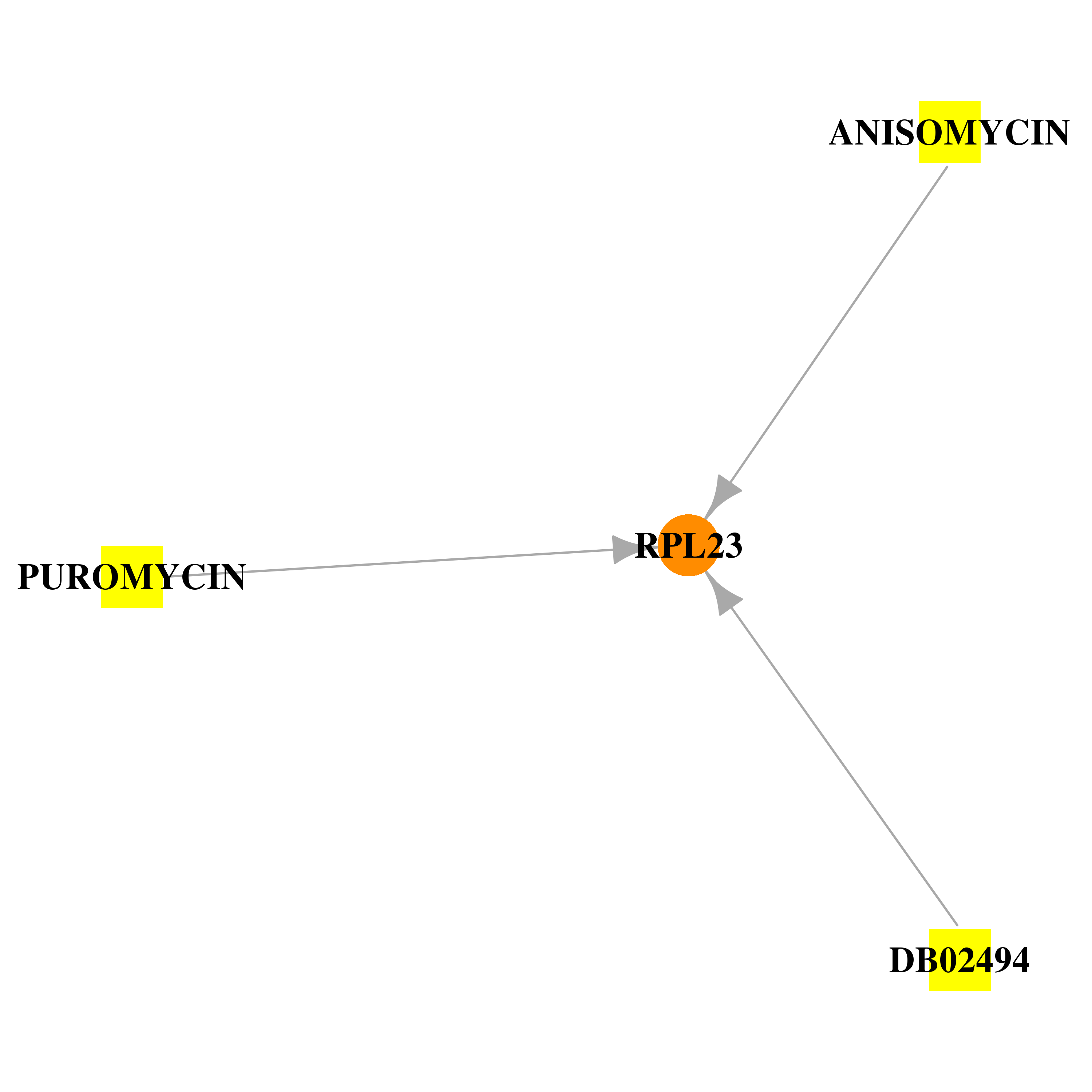 |
| * Drug Centered Interaction Network. |
| DrugBank ID | Target Name | Drug Groups | Generic Name | Drug Centered Network | Drug Structure |
| DB02494 | ribosomal protein L23 | experimental | Alpha-Hydroxy-Beta-Phenyl-Propionic Acid |  |  |
| DB07374 | ribosomal protein L23 | experimental | ANISOMYCIN |  |  |
| DB08437 | ribosomal protein L23 | experimental | PUROMYCIN |  | 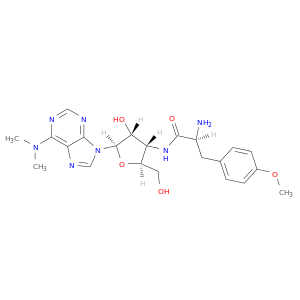 |
| Top |
| Cross referenced IDs for RPL23 |
| * We obtained these cross-references from Uniprot database. It covers 150 different DBs, 18 categories. http://www.uniprot.org/help/cross_references_section |
: Open all cross reference information
|
Copyright © 2016-Present - The Univsersity of Texas Health Science Center at Houston @ |






